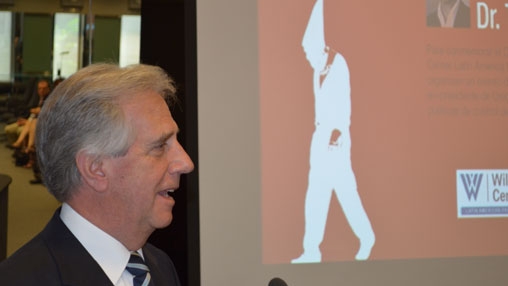Calling tobacco use the deadliest global pandemic ever, Uruguay’s former President Tabaré Vázquez urged decision makers to step up efforts to curb smoking in Latin America and the Caribbean.
Ahead of World No Tobacco Day, Vazquez, an oncologist by profession, said that the war against smoking should not only be waged in doctors’ offices but also in people’s homes, workplaces, public spaces and especially in classrooms around the region.
Why? Because the best weapon against tobacco is education, Vazquez said.
Making people aware of the toll smoking has on their health is more efficient and cost-effective than caring for them after they get sick from smoke inhalation, he said.
“We need to tell people that they can be happy without consuming tobacco, alcohol or drugs,” Tabaré told an audience of health experts and professionals gathered at the World Bank Headquarters in Washington DC.
Vazquez provided the clearest picture yet of the huge human and material costs caused by tobacco in the region.
The figures provided are startling. Mortality rates for non- communicable diseases, many caused by smoking, are double those for communicable diseases: 93.8% per 100,000 people vs. 55.4% per 100,000 inhabitants. Additionally, Latin America spends more than $70 billion to treat two of the most lethal NCDs: diabetes and cancer.
Perhaps even more shockingly, around 25% of the region’s population or 145 million people are considered smokers, while an additional 20% or 139 million, are obese or overweight. If this trend were to continue, 10 million people would die from tobacco related diseases by 2025 -about 7 million of them in developing countries.

